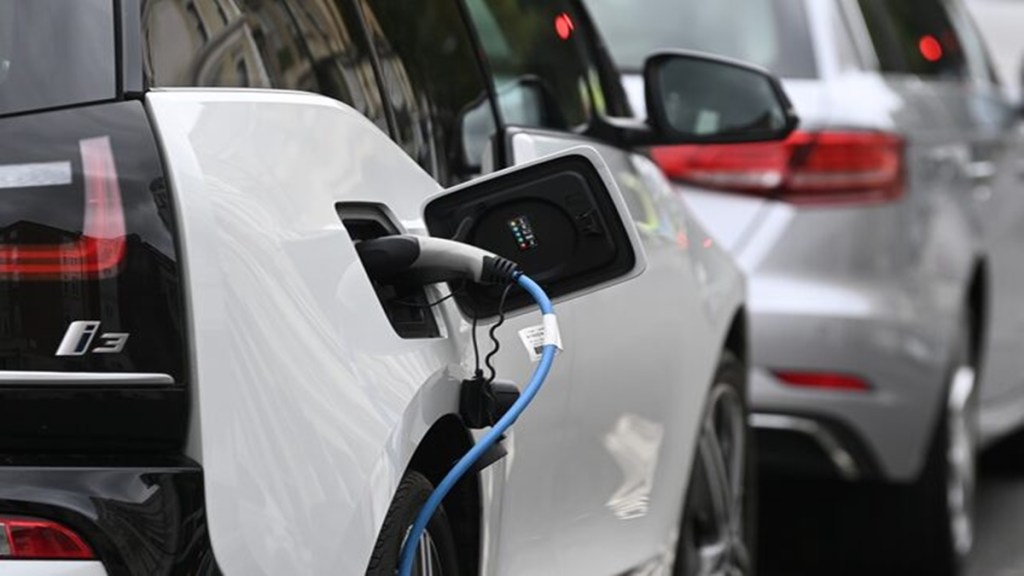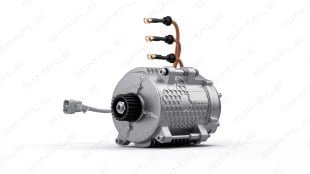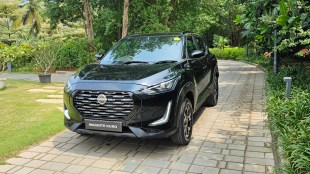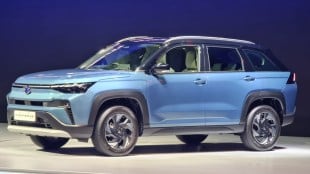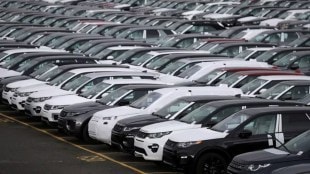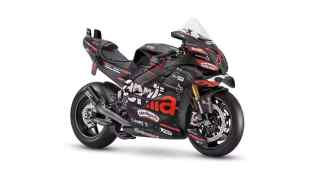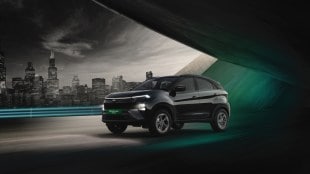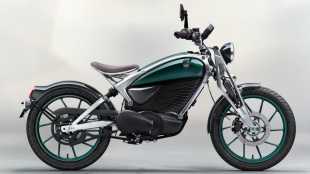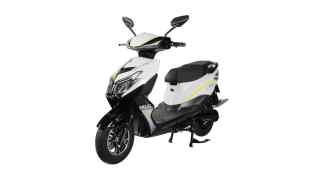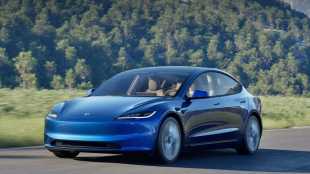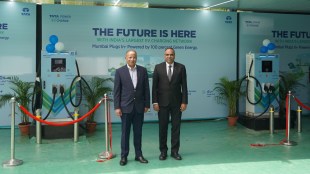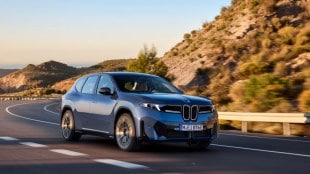By Vivek Srivatsa
In India, what was once a metro-centric phenomenon is now changing and extending to be a part of the heartland, as tier 2 and 3 cities are making a switch towards electric mobility. EV adoption in these regions is increasing thanks to better infrastructure, wider product range, and growing consumer interest. This transition goes beyond technology; it’s about creating an ecosystem that makes EVs a practical, convenient, and economical option for people across geographies.
In addition, EV ownership is becoming affordable as compared to internal combustion engine (ICE) vehicles.
Role of infrastructure
Easier availability of land is a prime reason for higher EV adoption in smaller cities. More space makes it easier to set up charging stations. And it’s happening fast – as per the Ministry of Heavy Industries, charging stations in smaller cities shot up by 96% in FY24 – and 59% of India’s fast-charging points are in these areas.
Then comes solar power. Thanks to schemes like the PM Surya Ghar: Muft Bijli Yojana, more and more homes in smaller cities and rural areas are getting rooftop solar panels. Pairing these with an EV is a brilliant move – you can charge your vehicle with sunlight, skip expensive fuel, and not worry about electricity bills. For families who take this route, running an EV can cost almost nothing.
Extending EV reach
With charging stations spreading across India, modern long-range EVs are starting to replace ICE cars, especially in smaller cities. The numbers back this up. According to the VAHAN registration data, in FY23, nearly half (49%) of four-wheeler EVs were registered in tier-2 and tier-3 cities. That went up to 58% in FY24, and almost 65% in FY25.
Government subsidies are also contributing, with simple payment terms, low-interest loans, and subsidies making EVs affordable for middle-class families. With declining battery prices and lower-cost models available, owning an EV is now roughly the same as an ICE car in the long term.
Engaging communities
New technology can be confusing, and EVs are no exception, with concerns such as battery life, range, and time to charge. But carmakers are investing in campaigns and interventions that bust common EV myths, and are educating the masses about environmental, economic, and social benefits of EVs.
Word-of-mouth also plays its part – and we have seen EV owners sharing the reliability and efficiency of their cars with others.
Conclusion
The shift towards electric mobility in smaller cities marks a pivotal moment in the country’s journey towards sustainable transportation. EVs are no longer limited to metropolitan areas thanks to expanding infrastructure, rising affordability, government assistance, and increased awareness – they are now a sensible option for families throughout the heartland and the hinterland.
The author is chief commercial officer, Tata Passenger Electric Mobility Ltd.
Disclaimer: Views expressed are personal and do not reflect the official position or policy of FinancialExpress.com. Reproducing this content without permission is prohibited.
